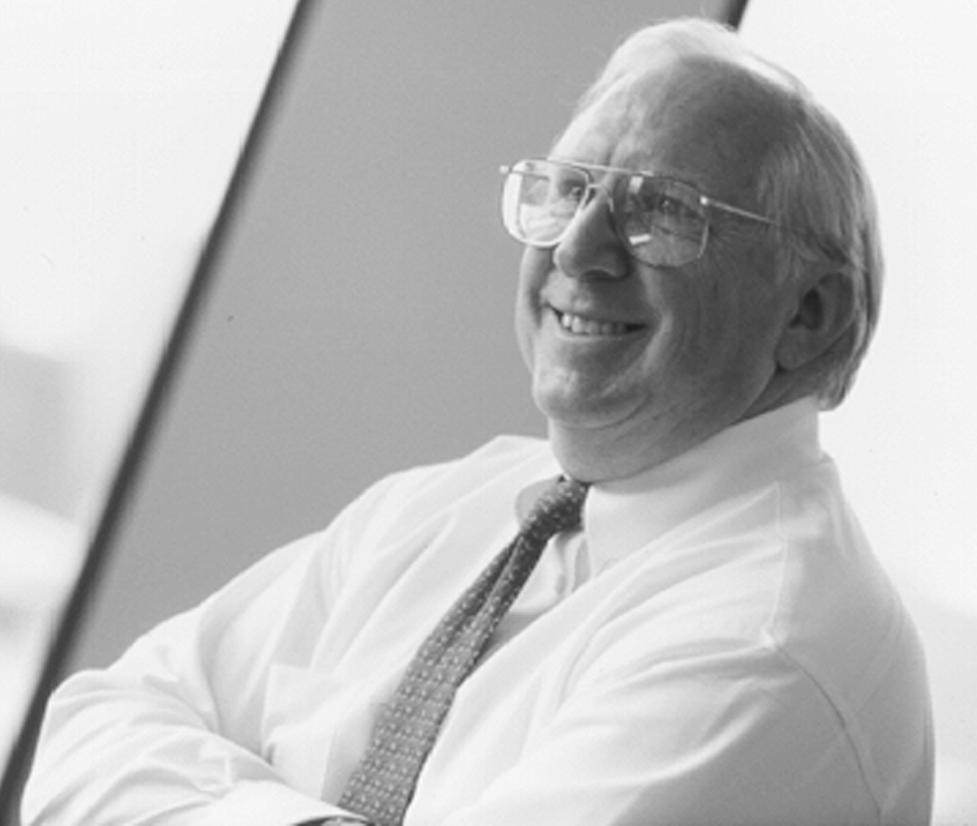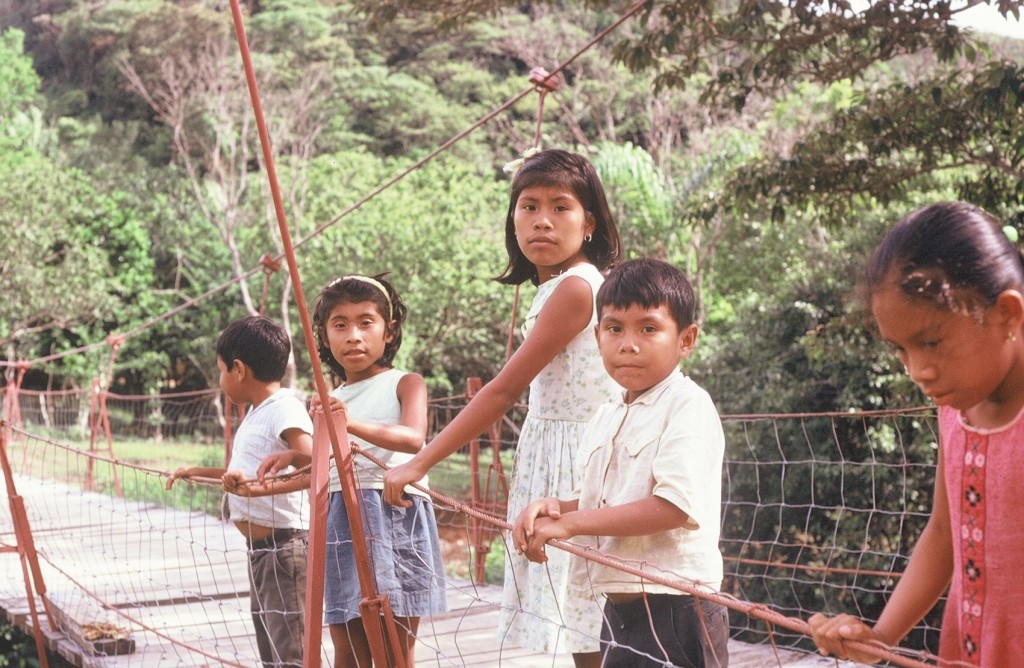Sustainability refers to change, something which has been a constant in the world for millennia. So, is change sustainable? Obviously yes – the world is dynamic and ever changing: one result adds to others.
Our work, therefore is, and will be, self-sustaining. The unknowns are where, how, why and to what effect.
Caimito: 1966-1969
In the late 1960’s, Panama, with funding from U.S. AID, built eight regional marketing and distribution centers based on a consultant’s recommendations. The intent was to gather produce in these regions and ship fresh fruits and vegetables to urban centers, principally Panama City. The buildings were built complete with electricity generators, refrigerated storage rooms and sorting and grading machines. This was Caimito’s introduction to being designated a regional center and, because of its location, appropriately so.
I was assigned to Caimito as part of Panama XIII. We had studied the Spanish language and community development in our Puerto Rican training program. Upon arrival in Panama reality struck quickly. I could barely speak or understand, so I smiled a lot, played baseball, and walked all over the mountains. This was subsistence farming territory. The major cash crops were oranges and to a much lesser degree, pineapple. Other than money sent home by offspring from households and other jobs in Panama City, cash income rarely exceeded $50 annually per family.
We proposed in a letter to Prof. Rubén Darío Carles, Minister of Agriculture, Commerce and Industry (MACI), that he provide the community with the use of a truck and a buying fund of $500. Surprisingly, his staff reviewed the letter, briefed the Minister, and he accepted the program. We, a Peace Corps Volunteer and the community members, became “intermediaries”, competing with free market truckers.
The price of oranges at the trailheads immediately rose but still left us with enough margin to cover costs and set aside capital. The idea for a campesino-owned agricultural production and marketing cooperative was suggested and soundly supported by the townspeople. This group power set the stage for conversations with Nestle with the intent of introducing new cash crop production under contract to their canning plant in Nata. Nestle then proposed the creation of an experimental and demonstration farm in Caimito.
We were moving forward, but strategy was determined day-to-day and coordination between the parties was difficult. This was my job as the Peace Corps’s volunteer. Time, however, was running out. After extending for nine months, I departed to return to graduate school in August 1969.
When I left, a circle in my life had not been closed. I was unable to assess clearly my impact. I knew it had been strongest on individuals, but my understanding was murky from a project perspective. I left loose ends in all directions.
Reality: 1971
Later, after two years in business school (which served well as a readjustment mechanism), I returned to Caimito for a few days. The concrete changes I had engendered were virtually gone and there was no Peace Corps in sight. The programs I had undertaken had been entrepreneurial, seemingly over-reaching, and beyond the human resources of the community alone to manage. These projects had fallen apart quickly:
- The experiences and education levels of the townspeople were insufficient to manage a newly formed, leaderless, production and marketing cooperative.
- The Peace Corps’ community development focus at that time was entrepreneurial (figure something out and do what you can!). In organizational terms, the Peace Corps had not yet developed a successful concept of succession planning for long term community development projects. Organization building is a lengthier process than two years.
- When Nestle set up an experimental and demonstration farm in Caimito and concluded production contacts with the new cooperative, they had counted on Peace Corps volunteers to continue in a lead, if facilitating, role. The Peace Corps was to be the glue that held the four participant teams together (community, Peace Corps, MACI, Nestle). Neither Nestle nor MACI was in a position to lead the project on a local basis.
- MACI had neither the staff expertise nor the funding to provide constant technical assistance for the coop’s members, many of whom were at that point subsistence farmers.
Reflections: 1971-2008
Upon leaving for the U.S. in 1969, I was intuitively aware of all of the above situations, but I saw no solution in sight other than to rely on the next Peace Corps volunteer who would arrive three months later.
In spite of all of these weaknesses, and the demise of the coop, the glass was still half full. Surprisingly, there was a win for everyone:
- In the community, individual hopes were raised, particularly among the youth. The townspeople realized that with their own efforts, and some help from others, they had and could accomplish many things. They could better their fate.
- The Peace Corps’ reputation remained strong. Through the work of volunteers, individual attitudes had changed and hope had developed in generations of community members. These attitudes live on after 40 years.
- Nestle succeeded in a major goal. Although agriculture contracts were not maintained and the demonstration farm fell into disrepair, the company had earned a much-enhanced corporate citizenship reputation with the Panamanian government.
- MACI had participated in, and learned from, what may have been Panama’s first on-the-ground Ministry, corporate, community and Peace Corps project.
Unfortunately, learning for everyone has its price and frequently that price is, in part, failure – sometimes partial, sometimes significant.
So what sustains after our efforts? Hope, striving, spirit, pride, respect, new attitudes, change. No monument was left behind. No significant new agricultural cooperative in the central provinces evolved. But lives changed forever (or at least 40 years), as did attitudes among all parties. And we are all the better for it.
Caimito: 2008-2012
Upon returning in June 2008 for the Peace Corps’ 45th reunion in Panama, we returned to Caimito and were able to immediately pick up where we had left off. Within two days, the community had identified four principal needs and created a commission to move them forward. The leaders of this new commission are the youth and young adults of the late 1960’s. Unlike the first time, we have participated with our money as well as our time, providing a school bus, over 100 PC’s, internet access, and other benefits through projects in nine communities by the end of 2012. As a result:
- In 2009, Forum Foundation supported the community of Caimito with a pilot program assisting in the establishment of a new high school, the hiring of five additional teachers, a new school bus, and 10 new computers. These programs allowed for 45 new students to matriculate into the tenth grade.
- By 2012, over 5,000 students in ten communities were benefiting from 13 different programs including transportation scholarships, construction, meals, uniforms, and computer and electricity installations. Together with the Universidad Tecnológica, Forum Foundation helped create 15 new teaching positions, provide 29 computers, and enabled 72 new students matriculate into the 10th grade.
Sustainability is a result of changed attitudes. In many cases, a catalyst, be that a person or an event is present. In the end, the goal of the Peace Corps is to build human capital through exposure to new attitudes and experienced achievements. As always, the Peace Corps volunteer ends up being the biggest winner. We, the volunteers, do change dramatically as a result of our few years of service abroad.



